Building a custom home is more than just a construction job; it’s a way to express your individuality and create a haven that aligns with your goals and lifestyle. Unlike buying an existing property, building a bespoke house presents unique opportunities—and responsibilities. Understanding a custom home cost is essential for anyone considering this path. This article will break down the various components to give you a clear idea of what to anticipate, as the price range can vary greatly depending on location, design choices, and materials.
Comprehending Custom Home Prices
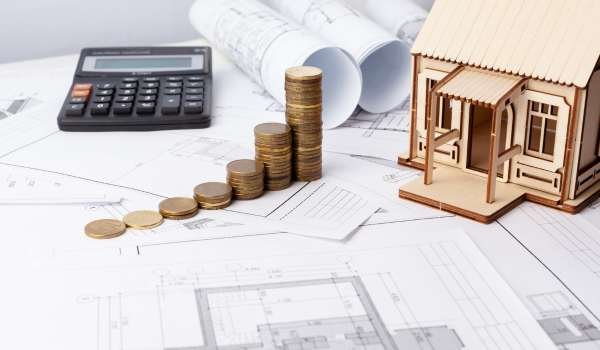
The price of a custom house is influenced by a variety of elements, including location, size, design, materials, and more, much like a symphony. Custom home cost are quite variable, in contrast to the fixed prices associated with standard home purchases. Every choice you make adds another note to the total cost, resulting in a distinct financial picture that reflects the individuality of your house.
Why Pick a Custom Residence?

Unmatched freedom is provided by custom houses. Picture your perfect kitchen, complete with the layout and flow of the rooms you have in mind. The advantages are both practical and very personal, enabling a house that is tailored to your requirements, preferences, and even future goals. Purchasing an established house, on the other hand, often necessitates compromise, and adding unique touches may seem more like retrofitting than building.
Location Is Important: How Site and Land Affect Price
Every aspect of the cost of a custom house is affected by location. Your budget will be greatly impacted by the differences in land costs between rural and urban environments. Additionally, every site can have different difficulties; for example, grading might be necessary on sloping soil, and material transportation costs might be greater in distant areas. A desirable location may increase the home’s long-term worth in addition to its immediate price.
Design Complexity: How Your Budget Is Affected by Size and Style
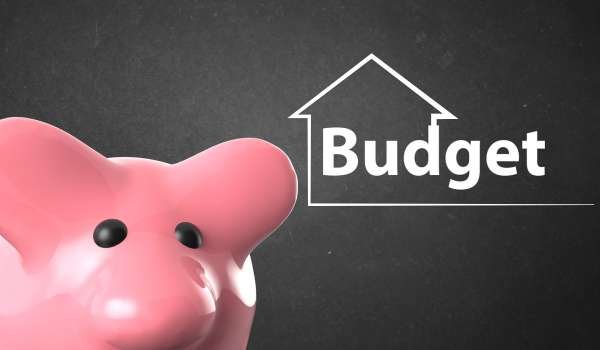
The cost of your house increases with its size and complexity. More labour and resources are needed for larger dwellings. Furthermore, intricate architectural designs—such as open floor plans or vaulted ceilings—require time, talent, and accurate engineering, all of which raise the cost. Finding a balance between utility, style, and size guarantees that your idea will be realised without going over your budget.
Choosing Materials: The Price of Style and Quality
A home’s materials give it vitality and establish its durability. The decision between high-end and low-cost materials has a big influence on price. Hardwood flooring, for instance, are more expensive than laminate but add beauty. Quartz worktops are more affordable and give durability, whereas marble counters are more opulent. You may combine utility and beauty with this methodical selecting approach.
Labour Cost Breakdown for Custom Home Construction
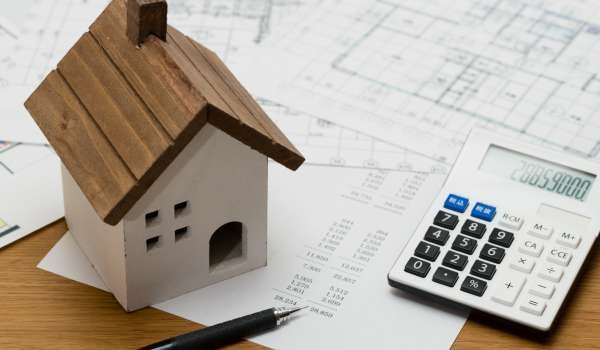
When building a bespoke house, labour is often a significant expense. For high-quality work, skilled workers—carpenters, masons, electricians, and plumbers—are necessary. Every trade has its own prices, and complicated jobs need specialised knowledge that is not inexpensive. Paying for quality often turns out to be a wise investment, while labour costs might vary depending on the project’s size, schedule, and location.
Fees for Architects and Designers: Putting Money Into Your Idea
Your vision is realised by architects and designers, who also make sure your concepts are both workable and structurally solid. Their fees, which are usually expressed as a % of the total cost, are determined by the project’s complexity and scope. These experts provide knowledge that helps you navigate the many design options, adding to both form and function, even if it is an additional cost.
Regulations and Building Permits: Unexpected Expenses to Take Into Account
Construction requires permits, and the kind of permit required will depend on local laws. These costs, which range from environmental impact assessments to zoning, guarantee adherence to safety regulations while increasing the budget. Permits should be included in the cost breakdown since failing to do so might result in penalties.
Costs of the Foundation and Structure
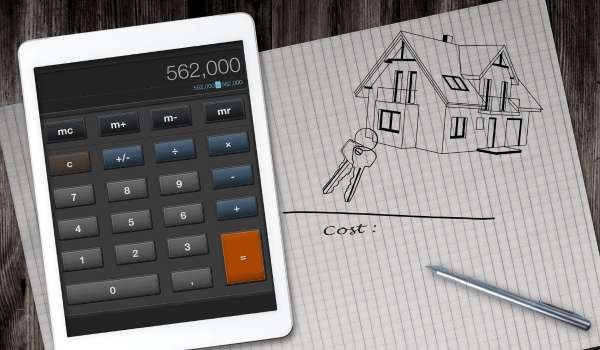
A home’s foundation serves as both a structural basis and the beginning of stability and security. The kind of soil, the temperature, and whether a crawlspace or basement is preferred all affect the cost. The requirement for quality in these fundamental areas is highlighted by the additional expenditures associated with structural components, such as load-bearing walls.
Costs of HVAC, Electrical, and Plumbing in Custom Homes
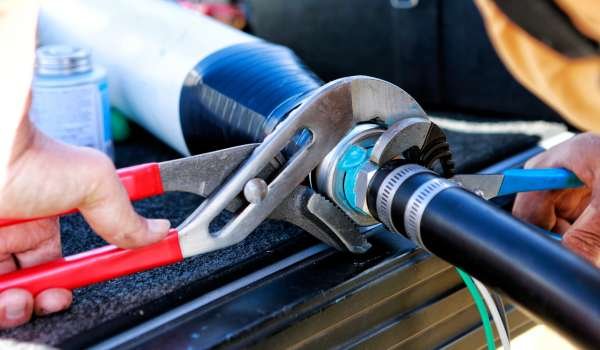
A bespoke home’s HVAC, electrical, and plumbing systems are its lifeblood. The cost of these unseen but crucial components varies greatly according on layout, materials, and quality. Energy-efficient system purchases might be more expensive up front, but they often result in long-term savings.
Costs of Interior Finishing: Ceilings, Walls, and Floors
A home’s atmosphere and individuality are infused by the inside finish. The pricing ranges for ceiling designs, wall textures, and flooring vary. Budgetary concerns must be matched with material choices like paint, wallpaper, carpet, or tile, which provide depth and design.
The Price of Customising Kitchens and Bathrooms
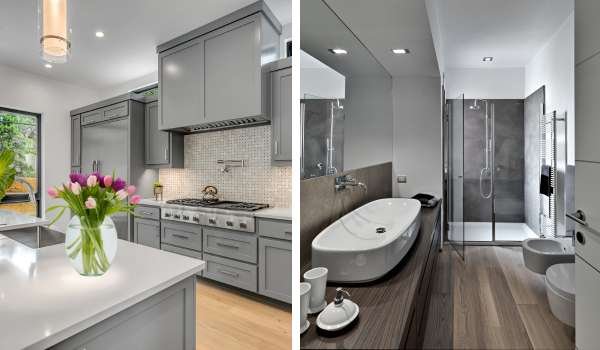
The most personalised areas of a house are often the kitchen and bathroom. These rooms get the greatest attention, from elaborate sinks and opulent showers to upscale appliances and custom cabinetry. Although the price tag reflects the complex planning and materials used, the thoughtful design here produces utilitarian beauty.
Enhancing Curb Appeal with Outdoor Features and Landscaping
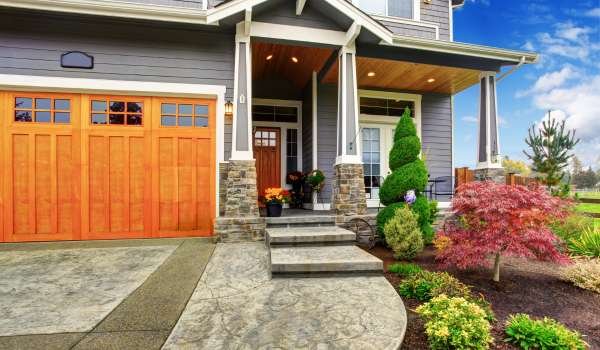
By improving a home’s outward look, landscaping raises the attractiveness and value of the property. Your vision will determine the cost; basic grass lawns are affordable, but gardens, patios, and fountains cost more. A well planned outside area creates areas for leisure and enjoyment, making it a present that never goes out of style.
The Cost of Green Buildings and Energy Efficiency
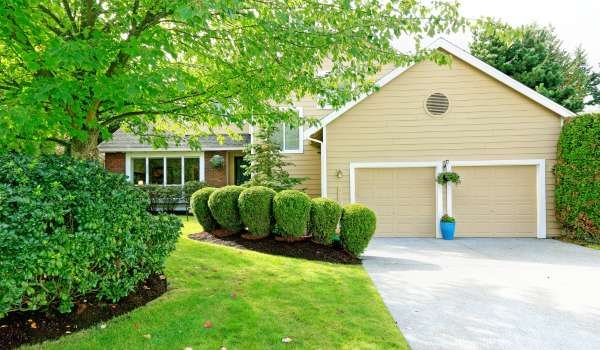
Energy-efficient designs and environmentally friendly materials are two aspects of green architecture that might be more expensive up front but save money over time. In addition to lowering energy costs and supporting eco-friendly living, solar panels, effective insulation, and sustainable materials also add value to your investment.
Costs of Customisation and Smart Home Technology
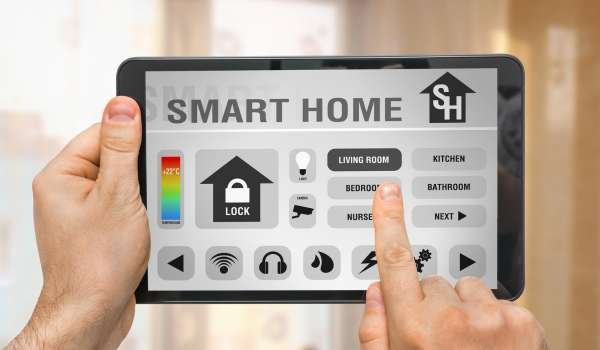
From security systems to automatic lighting, smart home technology offers convenience and a contemporary look. Despite being opulent, the cost of these modifications varies according on how complex the system is. By adding convenience and value, incorporating technology into your custom home elevates it to the forefront of contemporary living.
Cost of Including Special Custom facilities:
Entertainment rooms, home gyms, and pools, among other personalised facilities, add personality and usefulness but come with a hefty price tag. Every addition requires careful thought, striking a balance between cost and delight. These attributes improve the quality of life in addition to the property’s worth.
Fees for General Contractors and Project Management
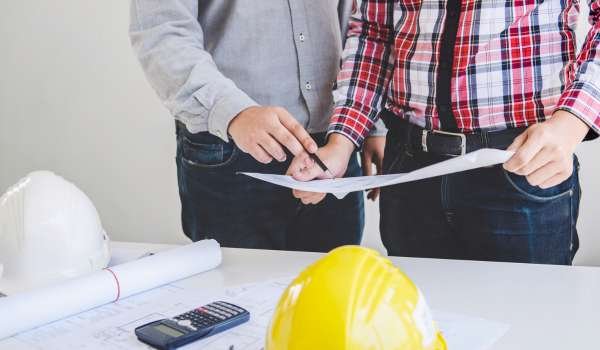
A general contractor oversees the building process, making sure that quality, budget, and timelines are met. They can avoid expensive mistakes and charge according to the intricacy of the job. Investing in effective project management may guarantee that your vision is executed well, save time, and lower stress.
Timeline and Budgetary Effects: Why Quicker Doesn’t Always Mean Cheaper
Because contractors sometimes charge more for quicker work, rushing a custom house project might result in greater expenditures. A suitable schedule for planning aids in cost control and decision-making flexibility, which eventually leads to a more seamless experience and improved results.
Unexpected Costs and Emergency Preparedness

There should be a contingency budget for unanticipated costs in every custom house project. A financial cushion keeps the project on pace and reduces stress from small changes to unforeseen problems. Setting aside money from your budget for these kinds of shocks is a smart idea.
Options for Financing the Construction of Your Custom Home

Mortgages, personal loans, or construction loans may all be used to finance the building of a bespoke house. Every choice has conditions, and many banks provide packages designed especially for unique constructions. You can make wise financial judgements if you are aware of these possibilities.
Comparing the Costs of Building a Custom Home vs Purchasing an Existing One
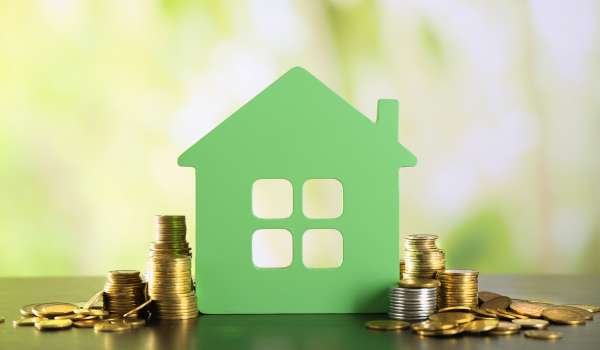
Unmatched personalisation is possible with a bespoke house, although the cost may be higher than with an existing one. Here, take into account the long-term worth, possible energy-saving improvements, and the satisfaction of having a house built to your exacting standards. Determining if the additional cost of bespoke is worthwhile involves comparing these criteria.
Read more : How Much Does It Cost To Build A Custom Home
Conclusion
Creating a bespoke house is an investment in a place that is exclusively yours, in addition to real estate. You may tackle this trip with confidence if you understand the factors that influence expenses, such as location, design, materials, and timelines. A unique house provides unmatched comfort, happiness, and long-term value when it is planned and thoughtfully constructed.
